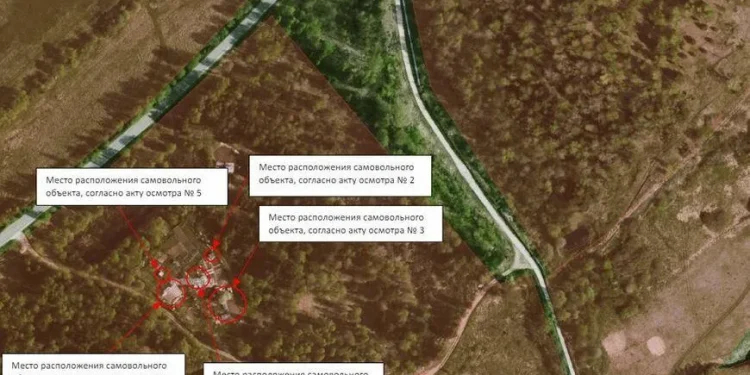Entrepreneurs and investors looking for promising opportunities in the agricultural sector should pay attention to recent regulatory actions in Dubna, Russia. The city’s administration is taking significant steps to address unauthorized constructions, including greenhouses, to ensure urban development aligns with modern standards and sustainability goals.
Regulatory Measures to Promote Compliance
The Interdepartmental Commission of Dubna has conducted an unscheduled inspection, revealing several non-permanent structures such as sheds, greenhouses, and fences in the southwestern part of the city, approximately 805 meters from 1 Ratmino Street. These structures range from 3.5 to 18.0 square meters and do not comply with the city’s building regulations.
Owners and users of these non-permanent structures are required to present documentation justifying their placement by June 25. This documentation must be submitted to the Department of Urban Planning and Architecture at 2 Academician Baldin Street, office 511, Dubna, Moscow Region. Failure to comply may result in the removal or modification of these structures to meet established standards.
Government Initiatives for Modern and Comfortable Urban Spaces
Moscow Region Governor Andrei Vorobyov emphasized the importance of aesthetic and regulatory compliance in urban development. “Our region must meet certain aesthetic standards. This has been our ongoing effort,” Vorobyov stated. This initiative reflects a broader trend towards ensuring that urban spaces are both functional and visually appealing, supporting sustainable and organized urban growth.
Opportunities for Sustainable Greenhouse Development
The recent actions in Dubna highlight the need for proper planning and compliance in greenhouse construction. For entrepreneurs and investors, this presents an opportunity to develop greenhouses that not only adhere to regulatory standards but also contribute to sustainable urban agriculture. Greenhouses can play a crucial role in urban food production, reducing the carbon footprint associated with food transportation and providing fresh produce locally.
Investors should consider innovative and compliant greenhouse designs that utilize advanced technologies such as hydroponics and climate control systems. These technologies can enhance productivity and sustainability, aligning with global trends towards eco-friendly and efficient agricultural practices.
Conclusion
The regulatory measures in Dubna serve as a reminder of the importance of compliance in urban development. By ensuring that greenhouses and other structures meet modern standards, the city is paving the way for sustainable and organized growth. Entrepreneurs and investors have a unique opportunity to contribute to this vision by developing compliant, innovative, and sustainable greenhouses. This approach not only aligns with regulatory requirements but also supports the broader goals of urban sustainability and food security.










